What’s Up in the Sky
At any moment of the day, countless awe-inspiring celestial events are unfolding in the sky. With a universe of options, it can be hard to pin down what to observe, what to look into or what to remember. This column will take a peek at what’s happening in the sky and in the world of astronomy in general to provide a quick list of highlights that can jumpstart your own explorations.
What to observe:
December 22-23 - Ursids Meteor Shower Peaks
Although they are not often as anticipated as mid-December’s famed Geminids, the Ursid Meteor Shower is set to close out 2014 beautifully due in large part to the coinciding New Moon. Long associated with debris from Comet 8P/Tuttle, the Ursids radiate from the Ursa Minor constellation and generate a maximum of about 10 to 15 meteors per hour during their peak time. This year’s peak is set to occur in the wee hours of December 22nd/23rd, when the New Moon will gift viewers with a dark sky. All you need to do to experience the Ursids is find a patch of sky away from light pollution, lie down on a blanket, look up and enjoy the show.
Aries Constellation
The Northern Hemisphere’s long winter nights present a perfect opportunity to explore one of our night sky’s fainter zodiac constellations. Also known as “The Ram,” the Aries Constellation spans 441 square degrees and is visible from 90° North to 60° South. Although it is not heavy on attractions, it does host a number of stellar and deep sky treats that are worth checking out. In terms of star targets, three of its standouts mark the head and horns of the celestial creature. The brightest of the trio and the constellation itself is Alpha Arietis, which is also known as Hamal. This K-type orange giant exhibits a nice reddish hue and has an apparent visual magnitude that hovers around 2.0. Another component that defines the Ram’s structure is Beta Arietis. Also identified as Sheratan, the star is actually a multi-star sytem with a spectroscopic binary. The final member of the trio is Gamma Arietis, which is a triple star system that includes one of the first double stars to be discovered. Another main stellar attraction to consider is 30 Arietis, which is a beautiful pairing of a bright yellow primary and a blue companion that really delivers in a small telescope. Other stars to consider include Lambda Arietis, a binary star that has a yellow-white dwarf as its primary; Pi Arietis, a multi-star system with a blue-white dwarf; Delta Arietis, an orange giant and Teegarden’s Star, a challenging brown dwarf that lies in the constellation’s southwest corner. The few deep sky offerings that Aries can boast about are all galaxies. NGC 772 is an unbarred spiral galaxy that can appear as a hazy patch in a smaller telescope or reveal snippets of its spiral components in a large scope. Other offerings include NGC697, a spiral galaxy northwest of Beta Arietis that is good for large telescopes; NGC 97, a spiral galaxy in the northern corner; and NGC 1156, a dwarf irregular with an apparent visual magnitude of 12.3 that can be found northwest of Delta Arietis.
What to look into:
NASA Space Settlement Contest
Right now, outer space is a real estate market inhabited by only a handful of space explorers at any one time. But that may not always be the case. In fact, many scientists envision and are working toward a day when humans inhabit large space colonies that navigate the vast expanses of our solar system. With that lofty goal in mind, NASA Ames Research Center and the National Space Society have co-sponsored an annual contest since the mid-90s that challenges young people around the world to submit their visions of how these space colonies might someday come to be. Known as the NASA Space Settlement Design Contest, the competition is open to students in all grades up to and including 12th. Students may compete as individuals or in small teams (two to five members) or large teams (six or more) in one of six grade-based categories. These are 7th grade and under, 8th grade, 9th grade, 10th grade, 11th grade and 12th grade. The best space colony design will be featured on the NASA Ames Research Center’s website. In addition, all entrants will receive a NASA certificate and will be invited to attend the International Space Development Conference, which will takes place May 20th-24th, 2015, in Toronto. Attending entrants will have the opportunity to participate in special activities at the event, and the top scoring attending individual/team will be presented the $5,000 NSS Bruce M. Clark, Jr. Memorial Space Settlement Scholarship Award. Submission deadline for the 2015 contest is March 1st. For more information on the contest and how to enter, visit http://settlement.arc.nasa.gov/Contest/.
What to remember:
December 25 – Late Astronaut Michael P. Anderson’s Birthday
December 25th marks what would have been the 55th birthday of NASA astronaut Michael P. Anderson, who perished in the Space Shuttle Columbia disaster on February 1st, 2003. Anderson served as payload commander on the ill-fated 16-day mission, which launched on January 16th, 2003. During re-entry, the shuttle disintegrated leaving Anderson and his six fellow crewmembers dead and a debris field spread across Texas and Louisiana. During his NASA career, Anderson flew on two Space Shuttle missions and spent more than 593 hours in space. He was posthumously awarded the Congressional Space Medal of Honor, the NASA Distinguished Service Medal and the NASA Space Flight Medal.
As an Amazon Associate we earn from qualifying purchases.

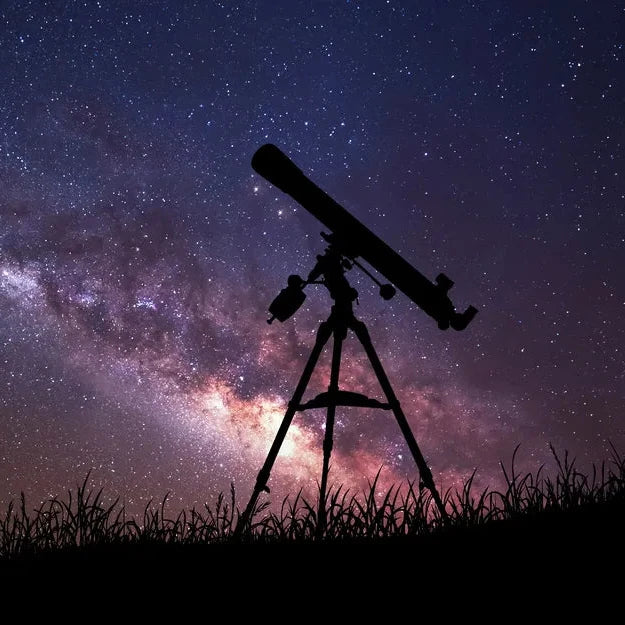
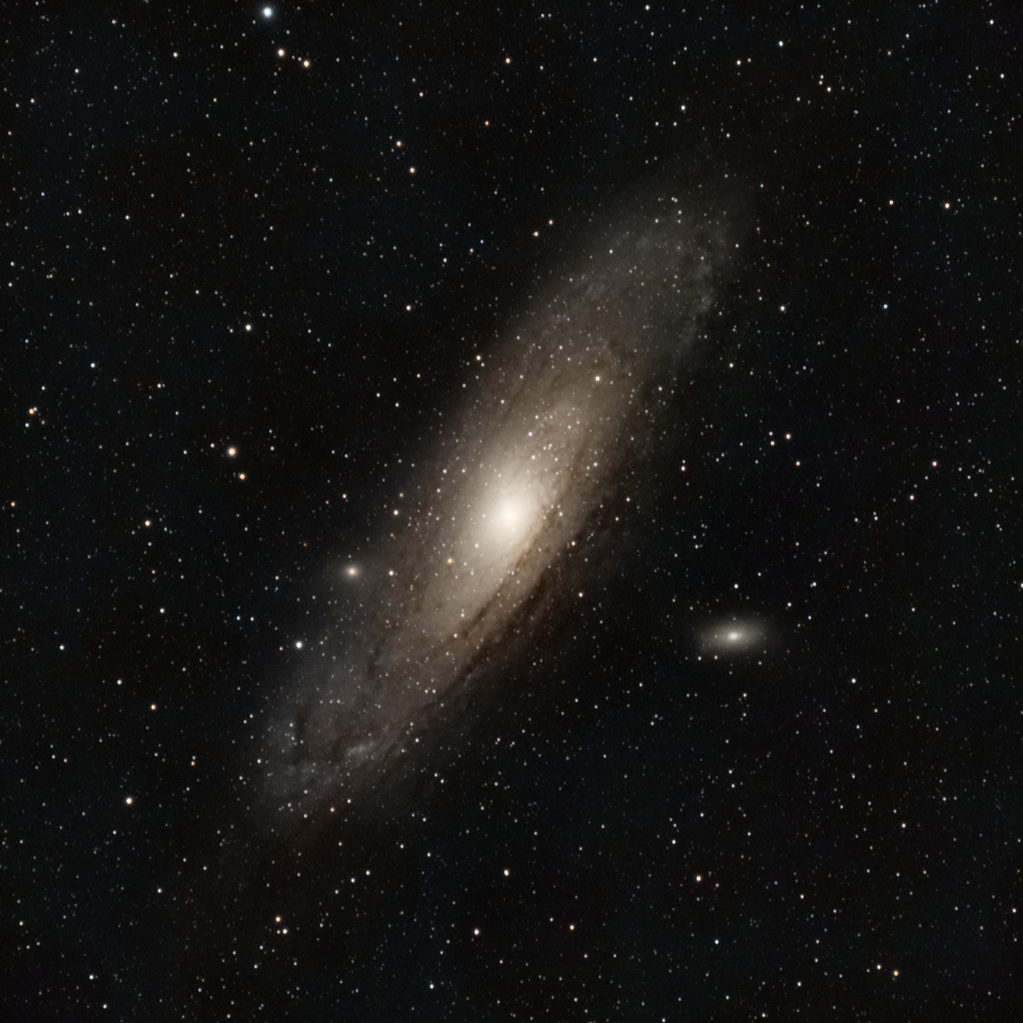

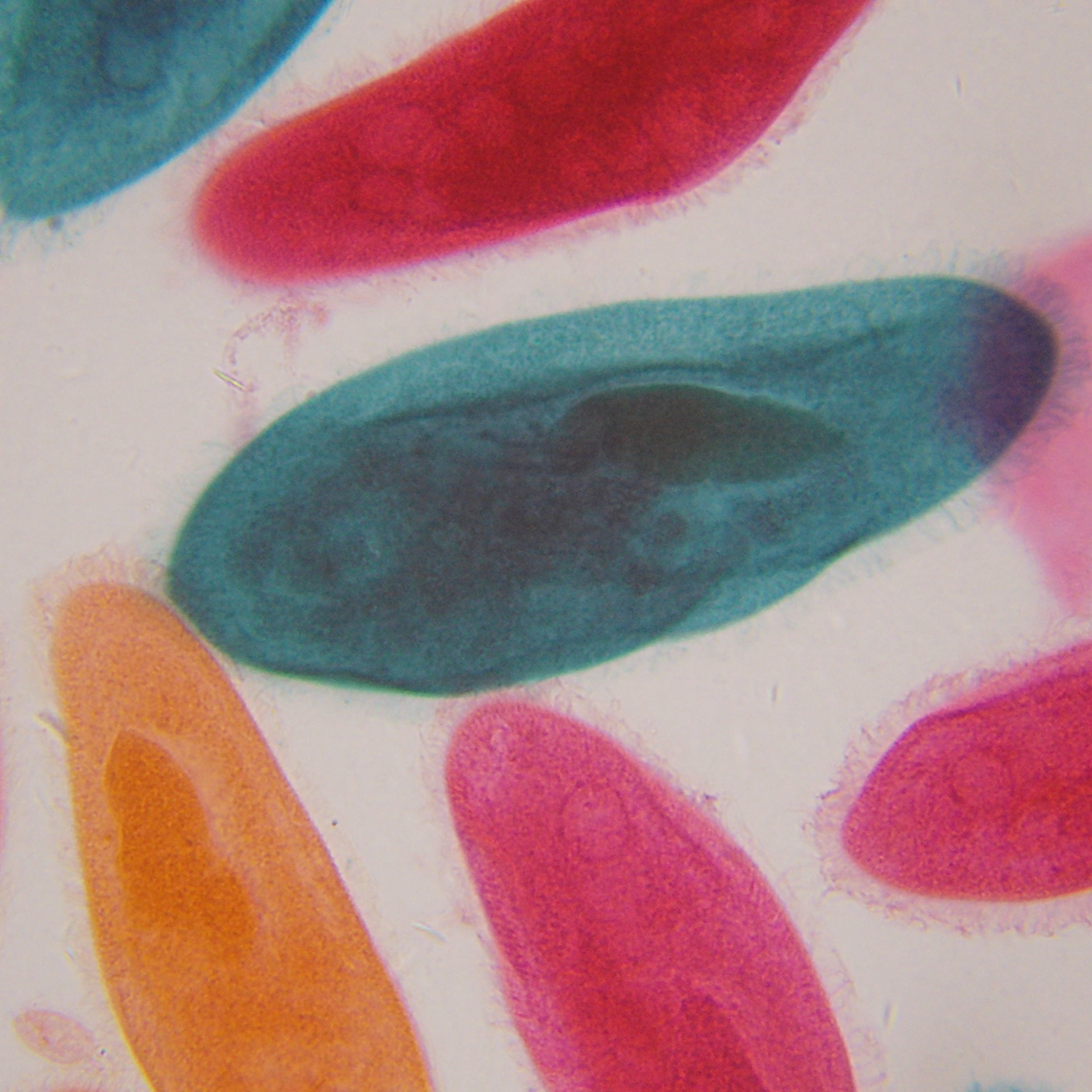



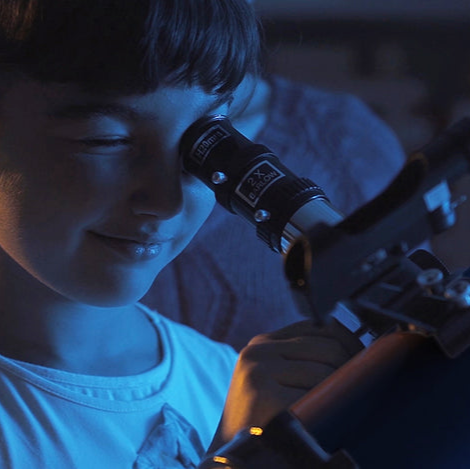

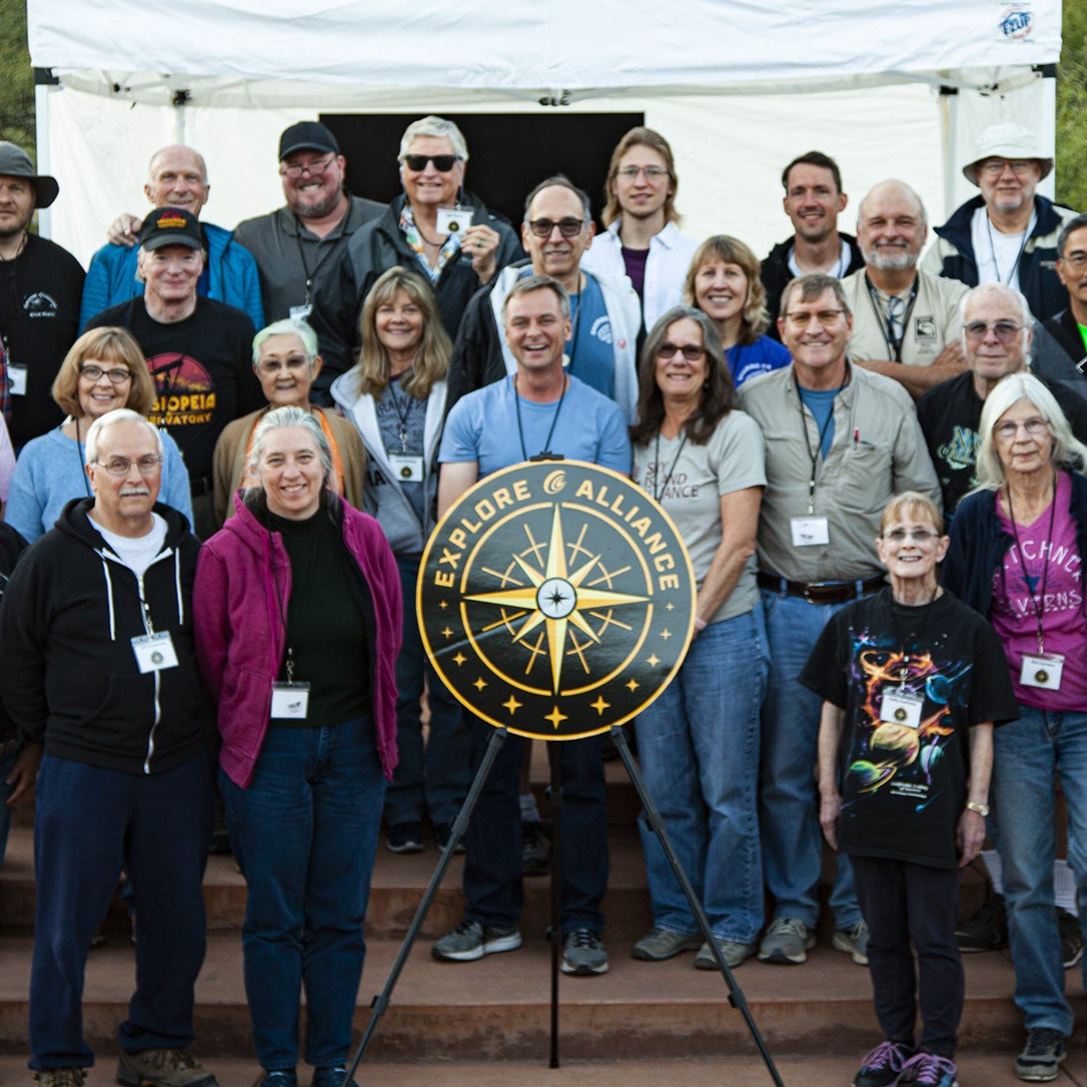

Leave a comment
This site is protected by hCaptcha and the hCaptcha Privacy Policy and Terms of Service apply.